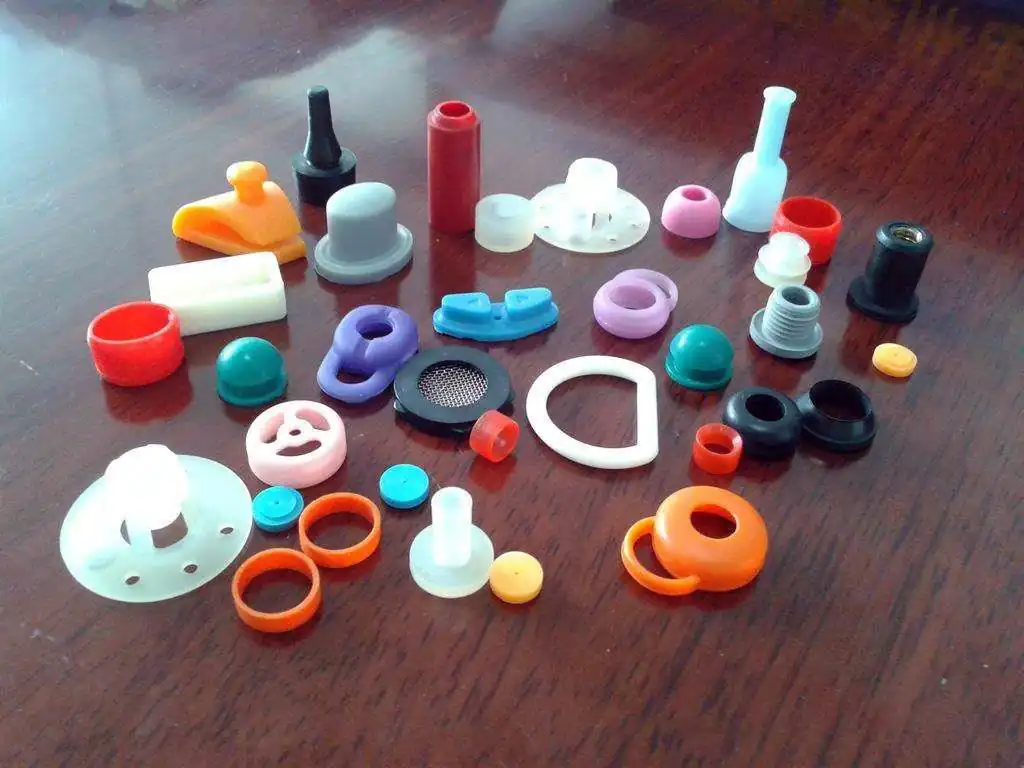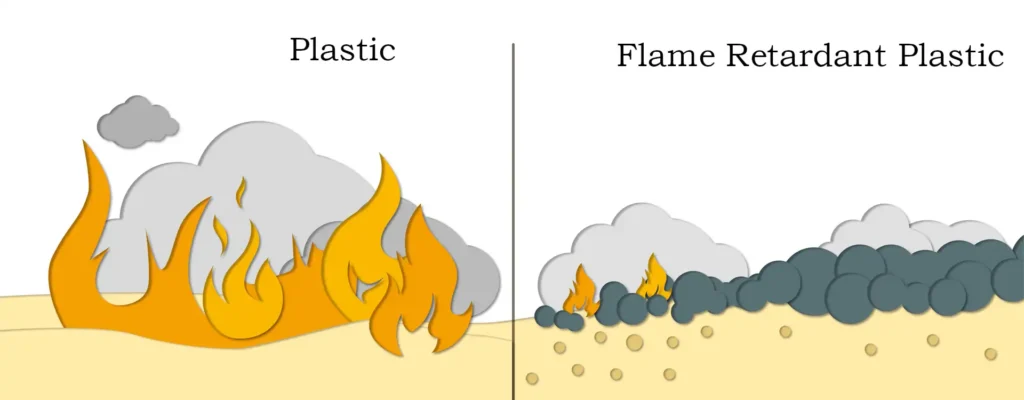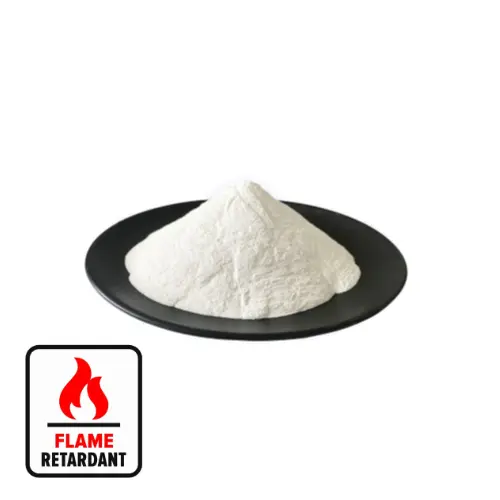Silicone rubber has excellent properties such as high and low temperature resistance, weather resistance, and ozone resistance, and is widely used in various fields of the national economy. However, silicone rubber is flammable and will continue to burn when exposed to open flames, which to a certain extent limits its application in electronics, wires and cables, automobiles, aerospace and other fields.

Flame retardant application of magnesium hydroxide in silicone rubber
Magnesium hydroxide is a commonly used flame retardant with the advantages of low cost, low smoke, and environmental protection. It is widely used in the flame retardant modification of rubber products. Silicone rubber is an important synthetic rubber with excellent heat resistance, electrical insulation and weather resistance, but it is flammable itself, so flame retardants need to be added to improve its flame retardant properties.
Magnesium hydroxide does not release harmful gases when it is flame retardant, and the residue after combustion will not pollute the environment. Therefore, it is increasingly widely used as an environmentally friendly flame retardant. However, magnesium hydroxide only has a significant flame retardant effect when added in large amounts, and a large amount of magnesium hydroxide filling will cause significant damage to the mechanical properties and electrical properties of silicone rubber.
Surface modification of magnesium hydroxide will help improve its dispersion in silicone rubber and improve its interfacial compatibility with silicone rubber, so that silicone rubber can maintain good mechanical properties while being flame retardant.
The flame retardant mechanism of magnesium hydroxide in silicone rubber mainly includes the following aspects:
Physical dilution effect: As a filler, magnesium hydroxide can dilute the content of combustible components in silicone rubber, reduce its combustion calorific value, and make the material more difficult to burn.
Endothermic effect: When heated, magnesium hydroxide will decompose into water and magnesium oxide. This decomposition process will absorb a lot of heat, reduce the surface temperature of the material, and delay the occurrence of combustion.
Barrier effect: The water vapor produced by the decomposition of magnesium hydroxide can form a heat-insulating layer, blocking the transport of oxygen and heat to the combustion zone, and inhibiting the combustion reaction.
Free radical capture effect: Magnesium hydroxide can capture free radicals generated during the combustion process and terminate the combustion chain reaction.
Studies have shown that magnesium hydroxide can effectively improve the flame retardant properties of silicone rubber. For example, adding 20 parts of magnesium hydroxide to silicone rubber can increase its limiting oxygen index (LOI) to more than 33%, and the horizontal combustion level can reach V-0.
In practical applications, silicone rubber filled with modified magnesium hydroxide is widely used in products such as cable sheaths, seals, and high-temperature gaskets. These products can effectively prevent the spread of flames and reduce the release of harmful gases under high temperature and fire environments, ensuring personal safety and the normal operation of equipment. Especially in the fields of construction and transportation, the use of flame-retardant silicone rubber reinforced with modified magnesium hydroxide can significantly improve the safety performance of the material and meet strict fire protection standards.


